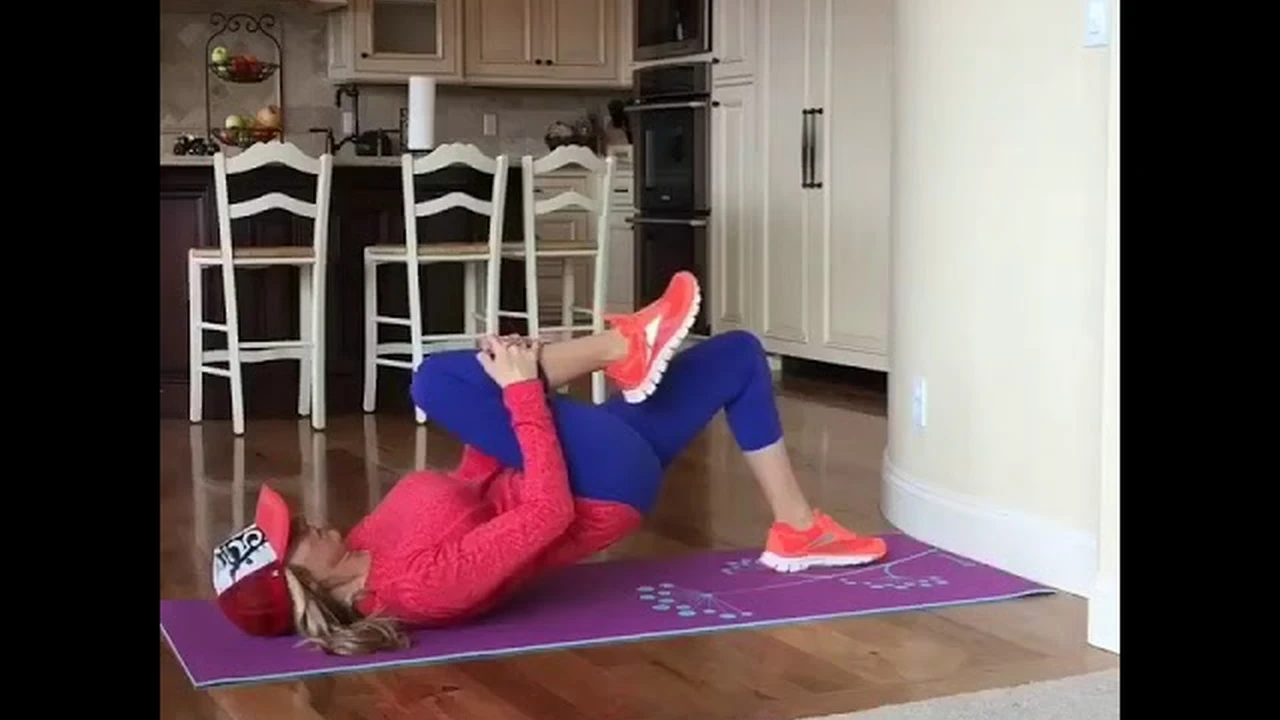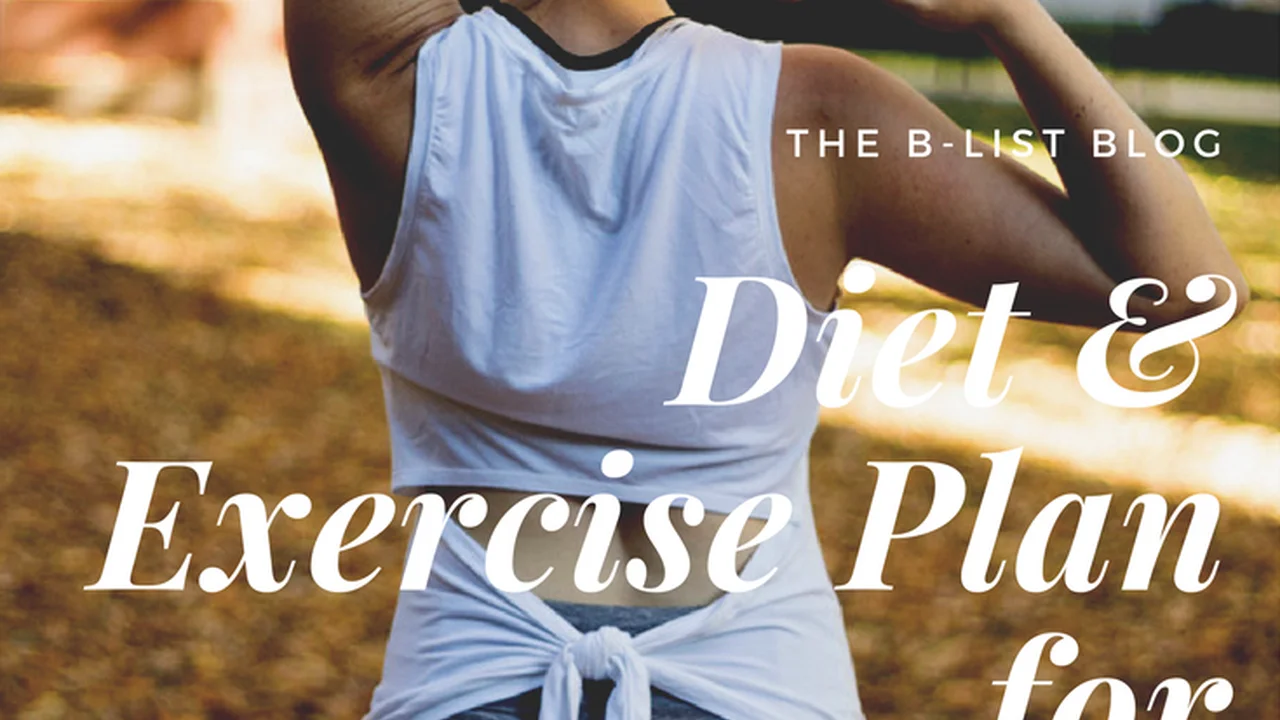The Benefits of Strength Training for Weight Loss
Sample meta description.

Understanding the Power of Strength Training for Weight Management
Okay, let's get real. You're here because you want to lose weight, and you've heard strength training can help. Forget those endless cardio sessions (well, not *entirely* forget them, but we'll get to that). Strength training, also known as resistance training or weightlifting, is a game-changer when it comes to shedding those extra pounds and keeping them off. It's not just about building bulging biceps (unless that's your thing, then go for it!), it's about transforming your body into a fat-burning machine.
Why Strength Training Beats Cardio Alone for Weight Loss: Metabolic Boost and Muscle Mass Matters
So, why is strength training so effective? It all comes down to muscle. Muscle is metabolically active tissue, meaning it burns calories even when you're resting. The more muscle you have, the higher your resting metabolic rate (RMR) will be. Think of it like this: cardio is like revving your car engine – it burns fuel while you're doing it. Strength training is like upgrading your engine to a more powerful model – it burns more fuel even when it's idling. A study published in the *Journal of Applied Physiology* showed that individuals who incorporated strength training into their weight loss programs experienced a greater increase in RMR compared to those who only did cardio. This means they burned more calories throughout the day, even while sleeping!
Furthermore, strength training helps preserve muscle mass during weight loss. When you diet without resistance training, you're likely to lose both fat and muscle. Losing muscle not only lowers your RMR, making it harder to lose weight and easier to regain it later, but it also makes you weaker and less functional. Strength training signals your body to hold onto that precious muscle, ensuring that you're primarily burning fat.
The Science-Backed Benefits of Strength Training and Weight Loss: Beyond the Scale
Beyond just boosting your metabolism and preserving muscle, strength training offers a whole host of other benefits that contribute to weight loss and overall health:
- Improved Insulin Sensitivity: Strength training helps your body use insulin more effectively, which can improve blood sugar control and reduce your risk of type 2 diabetes. This is crucial for weight loss because insulin resistance can lead to fat storage.
- Increased Bone Density: Weight-bearing exercises like strength training help strengthen your bones, reducing your risk of osteoporosis and fractures.
- Reduced Risk of Chronic Diseases: Strength training has been shown to lower your risk of heart disease, stroke, and some types of cancer.
- Improved Mood and Energy Levels: Exercise in general is a great mood booster, but strength training can be particularly effective at reducing stress and improving sleep quality.
- Enhanced Functional Strength: Strength training makes everyday activities easier, like carrying groceries, climbing stairs, and playing with your kids.
- Better Body Composition: Strength training reshapes your body, reducing fat and increasing muscle mass, leading to a leaner and more toned physique. This can be more motivating than just focusing on the number on the scale.
Getting Started with Strength Training for Weight Loss: A Beginner's Guide
Okay, so you're convinced. Strength training is awesome. But where do you start? Don't worry, you don't need to become a powerlifter overnight. Here's a simple guide to get you started:
- Consult Your Doctor: Before starting any new exercise program, it's always a good idea to check with your doctor, especially if you have any underlying health conditions.
- Start Slow: Begin with bodyweight exercises or light weights. Focus on proper form rather than lifting heavy.
- Choose a Program: There are tons of free strength training programs available online or through fitness apps. Look for programs that target all major muscle groups (legs, chest, back, shoulders, arms, and core).
- Learn Proper Form: This is crucial to prevent injuries. Watch videos, work with a trainer, or use a mirror to ensure you're performing the exercises correctly.
- Progress Gradually: As you get stronger, gradually increase the weight, reps, or sets.
- Listen to Your Body: Rest when you need to and don't push yourself too hard, especially when you're first starting out.
- Be Consistent: Aim for at least two to three strength training sessions per week.
Effective Strength Training Exercises for Weight Loss: A Comprehensive List
Here are some effective strength training exercises you can incorporate into your workout routine:
- Squats: A compound exercise that works your quads, hamstrings, and glutes.
- Lunges: Another great leg exercise that also improves balance.
- Push-ups: A classic bodyweight exercise that works your chest, shoulders, and triceps.
- Rows: Works your back and biceps. Can be done with dumbbells, barbells, or resistance bands.
- Overhead Press: Works your shoulders and triceps. Can be done with dumbbells or a barbell.
- Deadlifts: A powerful exercise that works your entire body. Requires proper form, so start with light weight.
- Plank: A core exercise that strengthens your abs, back, and shoulders.
- Crunches/Sit-ups: Another core exercise that targets your abdominal muscles.
- Bicep Curls: Works your biceps.
- Tricep Extensions: Works your triceps.
- Pull-ups/Chin-ups: Works your back and biceps. Can be modified with assisted pull-up machines.
Integrating Strength Training with Cardio for Optimal Weight Loss: The Perfect Combination
Remember that cardio we talked about earlier? It still has a place in your weight loss journey. The best approach is to combine strength training with cardio for optimal results. Cardio burns calories and improves cardiovascular health, while strength training builds muscle and boosts your metabolism. Aim for a mix of both, such as two to three strength training sessions and two to three cardio sessions per week.
Consider these cardio options:
- High-Intensity Interval Training (HIIT): Short bursts of intense exercise followed by brief periods of rest. HIIT is a great way to burn a lot of calories in a short amount of time.
- Steady-State Cardio: Sustained aerobic activity at a moderate intensity, such as jogging, swimming, or cycling.
- Walking: A low-impact exercise that's easy on the joints and can be done anywhere.
Nutrition and Strength Training: Fueling Your Body for Weight Loss Success
You can't out-train a bad diet. Nutrition is just as important as exercise when it comes to weight loss. Focus on eating a healthy, balanced diet that's rich in fruits, vegetables, lean protein, and whole grains. Make sure you're getting enough protein to support muscle growth and repair. Aim for around 0.8 grams of protein per pound of body weight.
Here are some nutrition tips to keep in mind:
- Eat plenty of protein: Protein helps you feel full and supports muscle growth.
- Limit processed foods: Processed foods are often high in calories, sugar, and unhealthy fats.
- Drink plenty of water: Water helps you feel full and can boost your metabolism.
- Get enough fiber: Fiber helps you feel full and keeps your digestive system healthy.
- Don't skip meals: Skipping meals can lead to overeating later on.
- Track your calories: Tracking your calories can help you stay on track with your weight loss goals.
Top Strength Training Equipment Recommendations for Home Use: Cost, Features, and Comparisons
While gym memberships are great, you can absolutely get a fantastic strength training workout at home. Here are some recommended pieces of equipment, focusing on versatility and value:
Adjustable Dumbbells: The Versatile Home Gym Staple
Description: Adjustable dumbbells are a fantastic investment because they allow you to perform a wide range of exercises with varying weight loads. They typically consist of a handle and weight plates that can be easily added or removed. Usage Scenarios: Perfect for bicep curls, tricep extensions, shoulder presses, lunges, squats, and rows. Essentially, any dumbbell exercise you can do at the gym, you can do at home with adjustable dumbbells. Product Recommendations: * Bowflex SelectTech 552: A popular choice with a weight range of 5-52.5 lbs per dumbbell. Easy to adjust with a dial system. Price: Approximately $400-$450 per pair. * PowerBlock Elite USA 5-90: A more compact design with a weight range of 5-90 lbs per dumbbell. Uses a magnetic selector pin for quick weight changes. Price: Approximately $500-$600 per pair. * NordicTrack Select-A-Weight Dumbbells: Similar to Bowflex, these dumbbells are a great option for those looking for a reliable and adjustable weight set. Price: Approximately $350-$400 per pair. Comparison: Bowflex offers convenience and ease of use, while PowerBlock boasts a more durable and space-saving design. NordicTrack is a solid mid-range option. Consider your budget and desired weight range when choosing.
Resistance Bands: Affordable and Portable Strength Training
Description: Resistance bands are elastic bands that provide resistance during exercise. They come in a variety of thicknesses, each offering a different level of resistance. Usage Scenarios: Excellent for warm-ups, stretching, and strengthening exercises like squats, lunges, bicep curls, tricep extensions, and rows. They're also great for targeting specific muscle groups and improving flexibility. Product Recommendations: * Fit Simplify Resistance Loop Exercise Bands: A set of five bands with varying resistance levels. Affordable and versatile. Price: Approximately $20-$25 per set. * TheraBand Professional Latex Resistance Bands: A high-quality brand known for its durability and consistent resistance. Available in individual bands or sets. Price: Approximately $10-$20 per band. * Bodylastics Stackable Resistance Bands Set: Offers a clip system that allows you to easily stack bands for increased resistance. Price: Approximately $60-$80 per set. Comparison: Fit Simplify is a budget-friendly option for beginners, while TheraBand offers superior quality and durability. Bodylastics provides a more advanced system for progressive overload.
Kettlebells: Full-Body Workout in a Single Tool
Description: Kettlebells are cast-iron weights with a handle. They're used for a variety of exercises that combine strength training and cardio. Usage Scenarios: Ideal for swings, squats, lunges, rows, and Turkish get-ups. Kettlebell exercises engage multiple muscle groups simultaneously, making them a highly efficient way to burn calories and build strength. Product Recommendations: * Amazon Basics Kettlebell: A basic and affordable kettlebell that's perfect for beginners. Available in a variety of weights. Price: Approximately $20-$50 (depending on weight). * CAP Barbell Cast Iron Kettlebell: A durable and well-made kettlebell that's suitable for more advanced users. Price: Approximately $25-$60 (depending on weight). * Rogue Fitness Kettlebells: A premium option known for its high quality and durability. Price: Approximately $40-$100+ (depending on weight). Comparison: Amazon Basics and CAP Barbell are good choices for budget-conscious buyers, while Rogue Fitness offers superior quality and longevity.
Pull-Up Bar: Build Upper Body Strength at Home
Description: A pull-up bar allows you to perform pull-ups and chin-ups, which are excellent exercises for building upper body strength. Usage Scenarios: Primarily used for pull-ups and chin-ups, but can also be used for hanging leg raises and other core exercises. Product Recommendations: * Iron Gym Total Upper Body Workout Bar: A popular doorway pull-up bar that requires no drilling. Price: Approximately $30-$40. * ProsourceFit Multi-Grip Chin-Up/Pull-Up Bar: Offers multiple grip options for targeting different muscle groups. Price: Approximately $40-$50. * Titan Fitness Wall Mounted Pull-Up Bar: A more permanent solution that provides a stable and secure pull-up station. Price: Approximately $60-$80. Comparison: Iron Gym is a convenient and affordable option for beginners, while ProsourceFit offers more versatility with its multiple grip options. Titan Fitness is a durable and stable choice for those who want a permanent pull-up station.
Tracking Your Progress: Staying Motivated and Seeing Results
Tracking your progress is essential for staying motivated and seeing results. Keep track of your weight, body measurements, and the weights you're lifting. Take progress photos to visually document your transformation. Celebrate your successes along the way, no matter how small.
Consider using a fitness tracker, app, or journal to record your progress. There are many great options available, such as:
- MyFitnessPal: A popular app for tracking calories, macros, and exercise.
- Fitbit: A wearable fitness tracker that monitors your activity levels, sleep, and heart rate.
- Bodybuilding.com: A website and app with a wealth of information on strength training and nutrition.
Remember, weight loss is a journey, not a destination. Be patient, consistent, and don't give up. With the right approach, strength training can be a powerful tool for achieving your weight loss goals and improving your overall health.
:max_bytes(150000):strip_icc()/277019-baked-pork-chops-with-cream-of-mushroom-soup-DDMFS-beauty-4x3-BG-7505-5762b731cf30447d9cbbbbbf387beafa.jpg)






